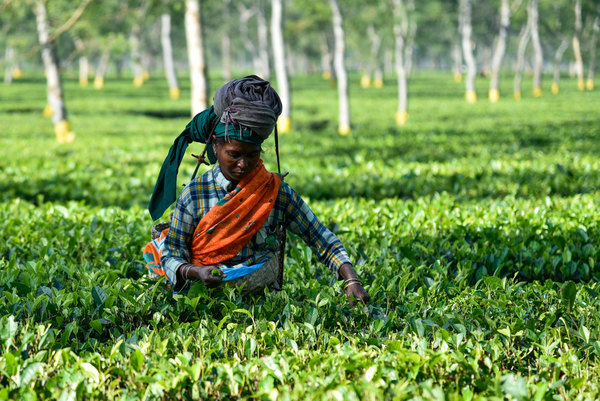How alien species cost Europe €12bn a year
A report from the European Environment Agency (EEA) sets out the staggering cost of alien species – animals and plants brought to Europe from other parts of the world. The cost, and the threat to health and the environment, is said to be greater than expected, costing at least €12bn (£10bn) a year. More than…
Banned chemicals and silent springs
Recently I have been removing an array of chemicals, from alpha-hexachlorocyclohexane to zeta-cypermethrin, from CABI’s compendia (Crop Protection Compendium, Forestry Compendium and Invasive Species Compendium) records, as these chemicals have either been banned or severely restricted in their use. This work was sponsored by Plant Protection Station, Ministry of Agriculture, Forestry and Fisheries, Japan.
The seed of its own destruction? Seedborne diseases and the seed trade
In 1989, farmers in Florida, Indiana and South Carolina began noticing a disease that was rapidly spreading through their watermelon crops1. Large, dark lesions and bruises appeared on the fruit and leaves exhibited brown discolouration; all that remained of severely infected fruit was a pulpy, inedible mess. In damp conditions the disease proliferated quickly and…
Food Waste in the Supply Chain
A one-day conference held at the Dutch Embassy in London last week focussed on a topic which is emerging in response to the need to increase food production by at least 50% to feed a population of 9 billion in 2050. The topic is food waste reduction and encompasses food waste across the whole of…
Ash dieback hits British countryside
Image: EPPO A disease of ash trees, first found in Poland in the 1990s (most reports suggest around 1992) but which has since spread through much of northern and central Europe, has been reported in the British countryside for the first time. The ash dieback disease was first reported in the UK in February 2012…
Plant problems? No problem…
At CABI we’re always trying to deliver useful, relevant and timely scientific research, as well as help you find that needle of information in the haystack of data. Today we’re releasing another resource which does that – and it’s free! Today CABI announce the launch of a new online resource with information for all involved…
REDD and forest carbon – finding a path through the trees
Reducing emissions from deforestation and forest degradation (REDD) is a key concept in trying to tackle climate change. The core idea is that a way can be found to fund the avoidance of deforestation and forest degradation, thus reducing carbon emissions. But will it work? Rainforest, Santa Elena, Costa Rica Dirk van der Mad Frances Seymour,…
Mystery disease in Ethiopia solved: linked to weed toxin
Imagine this… A mysterious disease terrorising your community, not infectious but spreading nonetheless, and killing your relatives and neighbours. All you want to do is pack your bags and flee. Worse, when your plight comes to the attention of the health authorities, they are stumped and its not going to be easy or quick to…
Forests on the move
Studies on ‘natural’ and ‘forced’ migration of forests threatened by climate change. A multi-European project trying to anticipate the effects of climate change on forests is taking shape. In parts of Europe, established forest trees are showing signs of vulnerability – such as drought stress – as their ‘climate niche’ changes. An ambitious long-term project…



